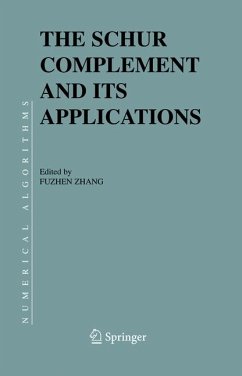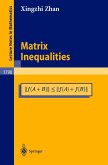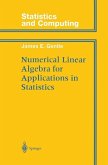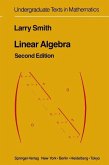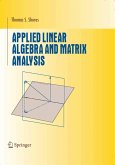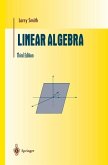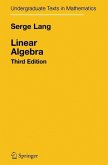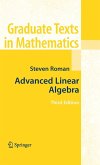Although the book is primarily intended to serve as a research reference, it will also be useful for graduate and advanced undergraduate courses in mathematics, applied mathematics, and statistics. The contributing authors' exposition makes most of the material accessible to readers with a sound foundation in linear algebra.
The book, edited by Fuzhen Zhang, was written by several distinguished mathematicians: T. Ando (Hokkaido University, Japan), C. Brezinski (Université des Sciences et Technologies de Lille, France), R. Horn (University of Utah, Salt Lake City, U.S.A.), C. Johnson (College of William and Mary, Williamsburg, U.S.A.), J.-Z. Liu (Xiangtang University, China), S. Puntanen (University of Tampere, Finland), R. Smith (University of Tennessee, Chattanooga, USA), and G.P.H. Steyn (McGill University, Canada). Fuzhen Zhang is a professor of Nova Southeastern University, Fort Lauderdale, U.S.A., and a guest professor of Shenyang Normal University, Shenyang, China.
Audience
This book is intended for researchers in linear algebra, matrix analysis, numerical analysis, and statistics.
Dieser Download kann aus rechtlichen Gründen nur mit Rechnungsadresse in A, B, BG, CY, CZ, D, DK, EW, E, FIN, F, GR, HR, H, IRL, I, LT, L, LR, M, NL, PL, P, R, S, SLO, SK ausgeliefert werden.
"The book consists of eight chapters, each written by experts in their field, devoted to certain aspects and applications of the Schur complement. They can be read independently of each other. ... The book can serve as a research reference, as it contains many new results and results not yet appeared in books. The articles contain thorough expositions, so they can be understood by anyone having a good knowledge of linear algebra." (Ludwig Elsner, Zentralblatt MATH, Vol. 1075, 2006)

